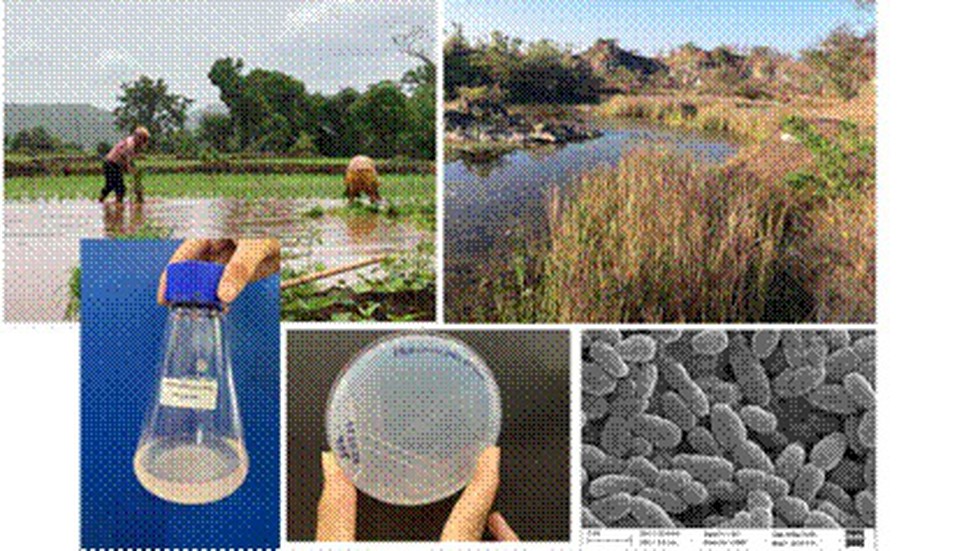About Methylocucumis oryzae:
- It is a natural bacterium that is abundant in wetlands and rice fields.
- It had a characteristic oval and elongated shape, similar to that of a cucumber, and hence the name ‘methane-eating cucumbers’ was given to this novel genus.
- Features
- It is found to be an important methanotroph components.
- It has a remarkably large size compared to other bacteria and is equal to the size of a small yeast (3-6 µm).
- Another unique feature of this bacterium is that it has a strict mesophilic nature and cannot grow above 37ºC while most of the other methanotrophs can tolerate or grow at 37ºC or even at 40ºC.
- The bacterium forms light pale pink colored colonies, and the genome is indicative of a carotenoid pathway.
- In recent years, this methanotroph was also found to promote the growth of rice plants by inducing early flowering and increased grain yield.
- The current constraints with Methylocucumis are slow growth which limits the growth of this culture on a larger scale, needed for mitigation and biotechnological applications.
What are methanotrophs?
- Methanotrophs or methane-oxidizing bacteria oxidize this methane and build up their biomass, breathing oxygen and producing CO2 and H2O as we do.
- These are natural methane mitigating agents and are present in all environments where methane and oxygen both are available.
- Habitat: Wetlands, rice fields, ponds and other water bodies are the habitats where these grow in abundance.
